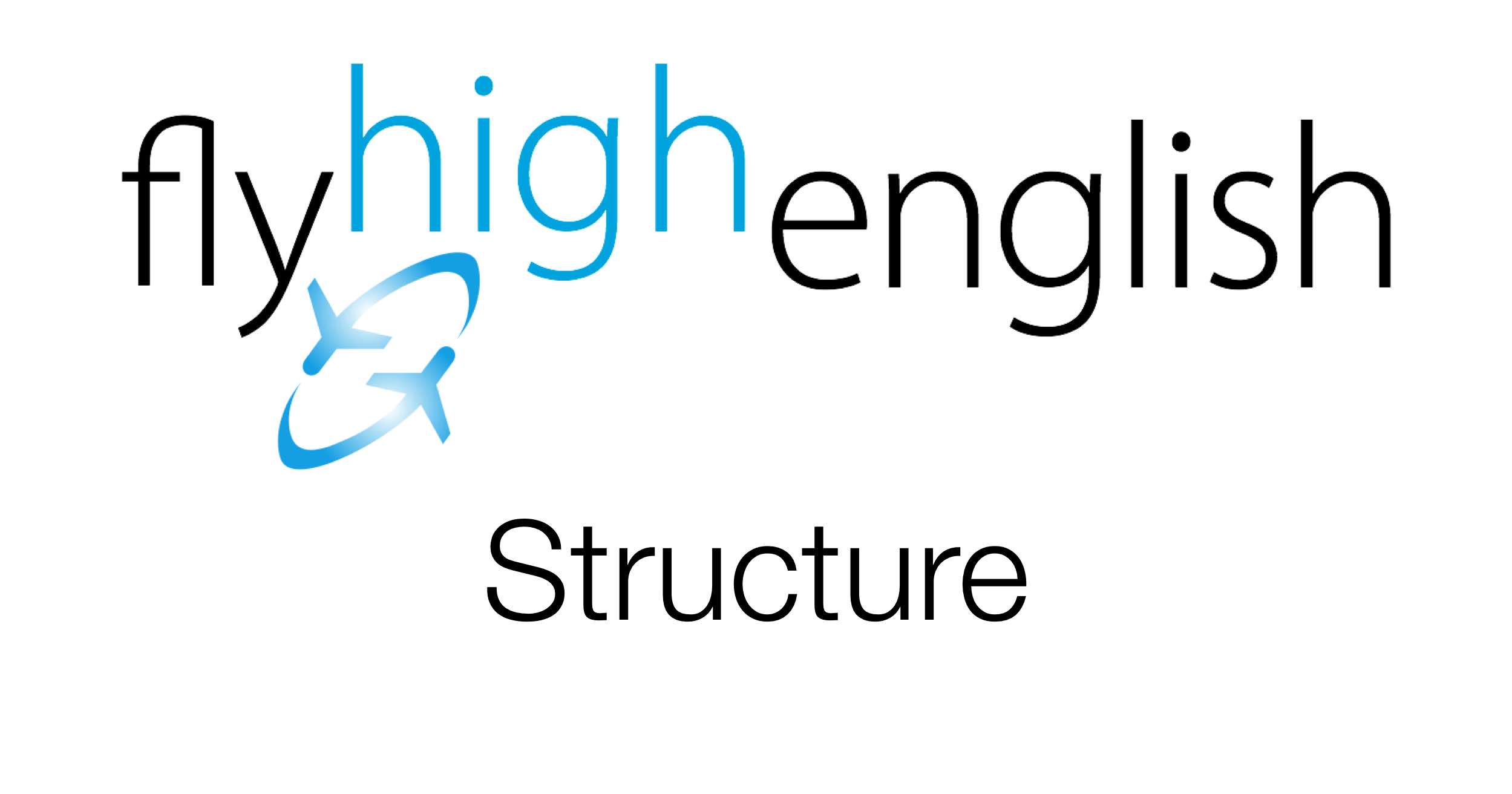
This week’s video talks about the effectiveness of modern airport security and how it could be improved. Watch the video to find out how.
Try to answer the following questions about the video and come back on Monday for the answers.
Suggested ICAO level for video: 5+
- Has the TSA been effective in preventing terrorist acts?
- What does ICAO recommend in relation to the type of airport security used?
- What does the term ‘security theatre’ mean?
- Which country has the best airport security in the world?
- How is security different there?
- What security procedures are in place there?
- Which groups of people are highest risk?
- What unusual step happens to bags after being checked-in?
- What security exists on board?
- What security exists against missiles?
- Could these security measures be adopted worldwide?
- How has the number of people flying changed since 9/11.
- Is airport security effective?
Follow us on twitter here, Facebook here or Google+ here for more great content!
Have a great weekend!
How to Design Impenetrable Airport Security
First 100 people to sign up for Blue Apron here get $50 off your first two weeks: https://cook.ba/2vk2m5R Sponsored by Blue Apron Check out my behind the scenes video on my new channel: https://youtu.be/5N3aZTT3TRw Pre-order our t-shirt with the new logo: https://store.dftba.com/products/wend… Subscribe to Half as Interesting (The other channel from Wendover Productions): https://www.youtube.com/halfasinteres…


